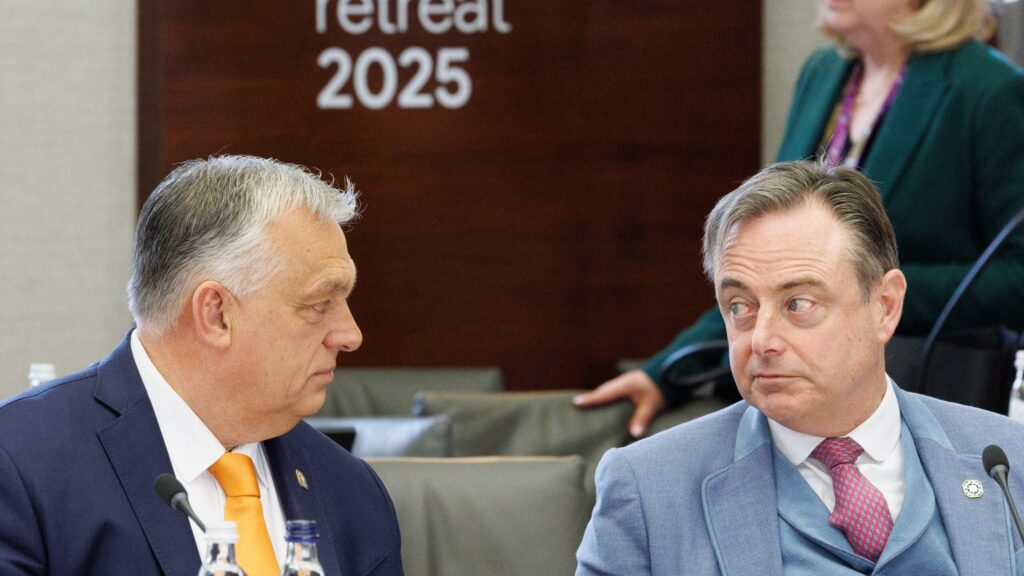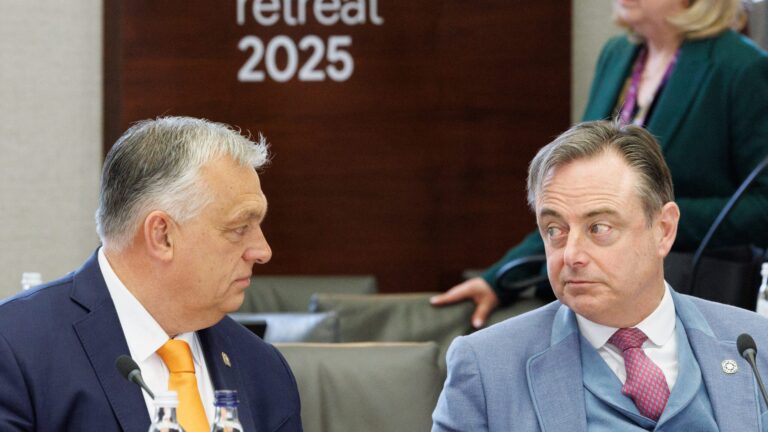Last year saw a further decrease in the quantities of natural gas and electricity consumed in Hungary. Approximately 8.5 billion cubic metres of gas was used, indicating a decrease of 1 billion cubic metres, or 10.9 per cent, compared to the 2022 level, and a substantial 2.5 billion cubic metres (23 per cent), reduction compared to 2021, as reported by the Ministry of Energy (EM) on Saturday, 6 January.
In terms of electricity, about 41 terawatt-hours were consumed, which is a decrease of over 2 terawatt-hours, or 4.7 per cent, compared to the previous year.
‘The significant savings contribute to reducing Hungary’s import dependency, strengthening our energy sovereignty, and ensuring supply security,’
the statement emphasized. According to the Central Statistical Office (KSH), households used over 3 billion cubic metres, while commercial businesses consumed nearly 5.5 billion cubic metres of natural gas in 2023. The reduction in the two major consumer categories was 10.7 per cent and 11 per cent, respectively, on an annual basis. The fourth-quarter indicators, however, show a slight increase, with the overall consumption of approximately 2.7 billion cubic metres exceeding the last three months of 2022 by 1.3 per cent.
In November 2023, electricity consumption saw a rare increase compared to the same month in the previous year, and a similar upward trend was observed in December. Consequently, the last quarter, with nearly 11 terawatt-hours of consumption, brought a 2.1 per cent rise, countering the overall decrease throughout the year.
Based on data from the MVM Group, the calculations reveal that during the 2023 portion of the heating season, which began in mid-October, Hungary consumed nearly 2.5 billion cubic metres of gas and about 9.5 terawatt-hours of electricity. These figures show a 1.8 per cent and 3.1 per cent increase, respectively, compared to the same period in 2022, according to the statement.
The predictions for 2024 anticipate it to be a year of economic recovery,
potentially leading to increased energy demand by businesses. Hungarian households continue to have access to the most essential energy sources at the lowest costs in Europe, reflecting the government’s commitment to defending reduced utility costs despite requests from Brussels.
Recent data indicates that households consumed only ten per cent of gas and 20 per cent of electricity beyond the protected threshold, reinforcing the notion that supply security remains high, with gas storage levels in Hungary standing at over 86 per cent.
The Ministry emphasized that the more accurate consumption ratio in Hungary, 57 per cent, is the third-highest among European countries, more than twice the EU average. To promote conscious consumption, the government has implemented various measures, including incentives for improving energy efficiency in businesses, public buildings, and residential properties, as outlined in the REPowerEU energy chapter of the recovery plan adopted in December. The newly launched Solar Energy Plus Programme in mid-January offers non-refundable funding for families to produce green energy for personal use and storage. The state contribution of up to 5 million HUF per property enhances households’ self-sufficiency, permanently reducing their electricity bills, as per the EM’s claims.
Energiaügyi Minisztérium
🔥Akkor is zavartalanul fűthetünk majd, ha fagy❗ ❄️Az ismét téliesre forduló időjárás sem veszélyezteti a magyar fogyasztók biztonságos ellátását. ✅A megfelelő téli felkészülésnek köszönhetően a…
The return of wintry weather poses no threat to the security of the energy supply for Hungarian consumers, the Ministry of Energy also announced on its Facebook page on Sunday. They reassured that even in freezing temperatures, heating would be uninterrupted, thanks to the appropriate winter preparation that saw Hungary enter the heating season with nearly full gas storage capacity, reaching around 86 per cent. This level aligns with the requirement set by the EU for November, surpassing 90 per cent by the end of summer.
The Ministry concluded by underlining that
the current reserve of approximately 5.7 billion cubic metres of natural gas guarantees the warmth of Hungarian households, even in harsh conditions.
Hungarian households continue to enjoy the lowest gas and electricity prices in Europe, thanks to the government’s ongoing utility cost reduction programme.
Related articles:
Source: Hungarian Conservative/EM/KSH/MTI







